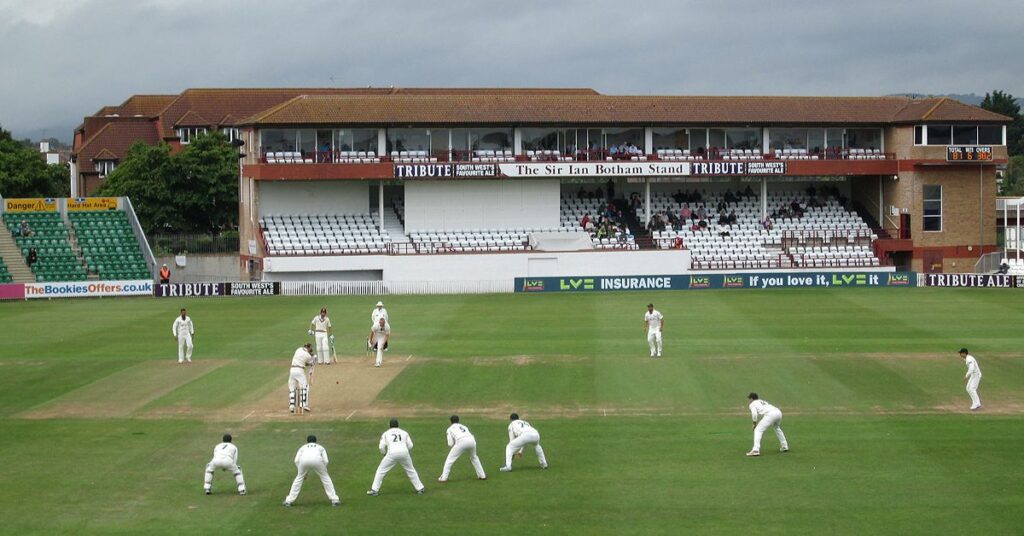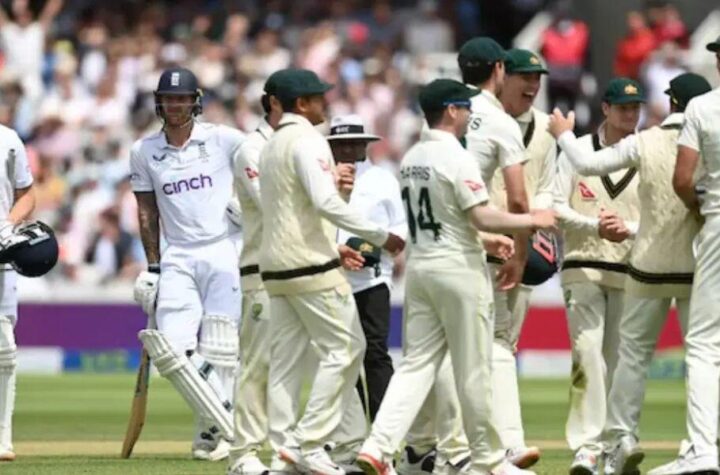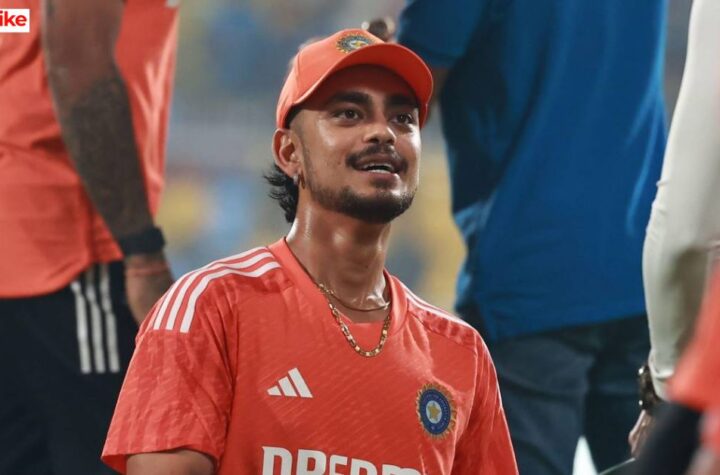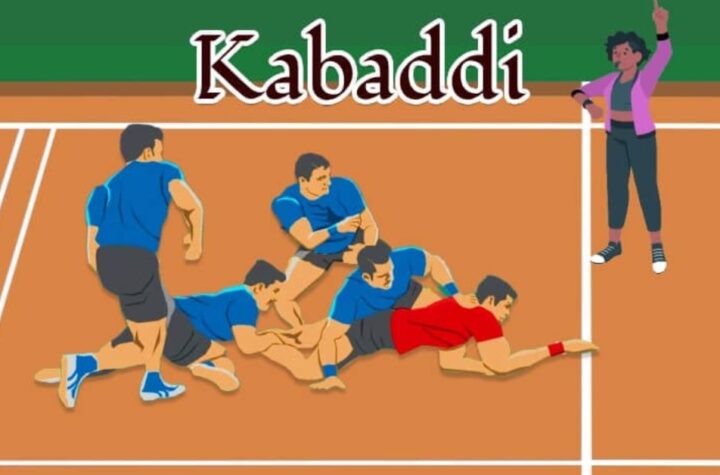
As a cricket fan, you have likely heard commentators proclaim “He has scored three consecutive hat-tricks!” While such feats are relatively uncommon across all forms of the game, double hat-tricks are even rarer.
A double hat-trick occurs when a bowler takes four wickets within four consecutive deliveries – expanding upon what would otherwise be considered an ordinary hat-trick by one wicket and making its achievement much harder to accomplish.
How it’s done
A double hat-trick is an impressive cricket achievement that requires four consecutive wickets taken off consecutive deliveries by one bowler – either via run-outs, stumpings, run-outs or wickets taken legally in any manner – including run-outs and stumpings. While regular hat-tricks require only three wickets for their achievement, double hat-tricks require four extra wickets and thus require more work and harder achievement than their counterparts.
Hat-trick” originated in cricket and refers to three consecutive wickets being taken out within one innings. H. H. Stephenson first recorded one in 1858 and it has since spread into other sports such as association football, rugby league and water polo.
Achieve a hat-trick is an impressive feat for any bowler and something many don’t understand. While difficult, it is an amazing achievement and great feat of any cricketer’s. Understanding its process and rarity helps us appreciate it even further; here are some key considerations when trying for one: firstly, three wickets must be taken successively within an over from successive balls delivered from a bowler – any method allowed is legal so long as all three dismissals occur within that same over.
Why it’s so rare
Hat-tricks are among the toughest bowling achievements to accomplish and only a select few have accomplished it throughout cricket history. Due to how uncommon it is, four batters being dismissed in successive balls is no mean feat and few bowlers have managed it yet.
Double Hat-tricks are truly remarkable achievements to witness and all bowlers strive to achieve one. Not only can it demonstrate that a bowler can hold their own against opponents on the pitch, but it’s also an amazing testament to their speed and skills – something every bowler hopes for when hitting this extraordinary mark of achievement!
Only six double hat-tricks have ever occurred in international cricket history and they are extremely rare. Determining what exactly constitutes a double hat-trick can be tricky as each wicket must have been taken consecutively with the bowler involved in each dismissal; unlike with normal hat-tricks where run outs and stumpings count too!
Although hat tricks have become a staple in sports such as hockey and soccer, the term actually originated in cricket. H.H. Stephenson famously accomplished three wickets consecutive deliveries during an innings in 1858 to earn himself the distinction of “hatting three!” His fans so appreciated him that they held a collection in order to purchase him one!
It’s an achievement
Achieving a double hat-trick is considered the ultimate bowling achievement, yet only six bowlers have ever achieved this remarkable feat in cricket history. When accomplished, such achievements stand as testament to one’s bowling talent.
Hat trick may be most commonly associated with hockey and association football, but its roots lie in cricket. First appearing in 1858 after H. H. Stephenson hit three wickets with consecutive deliveries for three wickets with consecutive deliveries against England at Lord’s, it became a popular term across sports including hockey and association football before ultimately taking hold in cricket where fans began throwing their hats onto the pitch to celebrate hat-tricks more often.
Lasith Malinga, best known for his lethal yorkers and one of only six bowlers to ever achieve two double hat-tricks in international cricket, made history two times against South Africa: once during an ODI World Cup match in 2007 and again against New Zealand during a T20I in 2019. On his initial run against South Africa he dismissed Shaun Pollock, Andrew Hall, Jacques Kallis, Makhaya Ntini before later dismissing Kevin O’Brien, George Dockrell, and Shane Getkate; making him history by becoming the first bowler ever to achieve such feat in both formats of cricket history.
It’s a symbol
Double hat-tricks in cricket are considered an extremely rare feat, and are considered an impressive symbol for all fans and aspiring bowlers. Not only is such an achievement testament to a bowler, but it is also seen as an indication of mental focus and compliance to follow captain instructions. Achieving one serves not only as an achievement for a particular bowler, but is a signal to fans and future bowlers that anything is possible when it comes to this form of the sport.
The phrase “hat trick” has become widely recognized globally due to hockey and soccer, though its source likely lies with cricket. When bowlers took three consecutive wickets consecutively, cricket fans would throw their hats onto the ground as a mark of respect – this expression later spread into field hockey, lacrosse, water polo team handball darts (though probably not suitable) and marbles!
Sri Lankan pace icon Lasith Malinga became the first person ever to claim an ODI double hat-trick, accomplishing it against South Africa in 2007. Only four bowlers have accomplished such a remarkable feat – Lasith Malinga being one of them – since this feat only occurs rarely and requires four wickets from four consecutive deliveries to take out all batsmen without runs or catches being scored against. To accomplish such a remarkable feat.





More Stories
One-Off Tournaments in Sports: Meaning, Importance & Global Impact
Ishan Kishan – More Than a Dhoni Clone
South Africa National Cricket Team Vs Pakistan National Cricket Team Match Scorecard